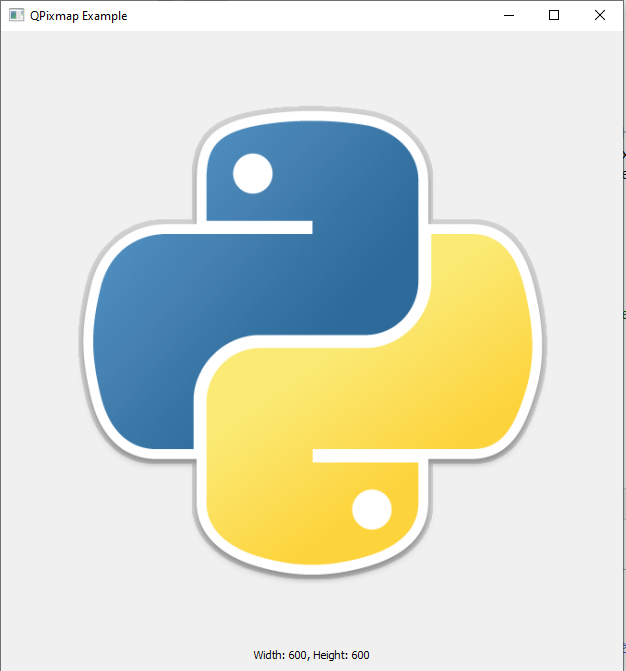1K
The entire set of Emoji codes as defined by the Unicode consortium is supported in addition to a bunch of aliases.
In this example we use a package to display emojis
By default, only the official list is enabled but doing emoji.emojize(language='alias') enables both the full list and aliases.
Installation
$ pip install emojiCode
I used thonny for development
We use the emojize() function with the short CLDR names of Emojis in the following example program to print emojis:
import emoji
# Print different type of Emojis
print("Emoji with grinning faces: ", emoji.emojize(":grinning_face_with_big_eyes:"))
print(emoji.emojize(":grinning_squinting_face:"))
print(emoji.emojize(":grinning_face_with_smiling_eyes:"))
print("Emoji with beaming face: ", emoji.emojize(":beaming_face_with_smiling_eyes:"))
# More popular Emojis
print("More Emojis: ")
print(emoji.emojize(":grinning_face:"))
print(emoji.emojize(":upside-down_face:"))
print(emoji.emojize(":zany_face:"))
print(emoji.emojize(":shushing_face:"))
In the REPL window you will see the emojis
List of emojis
| CLDR short name for Emoji |
|---|
| beaming face with smiling eyes |
| grinning face |
| face with tears of joy |
| smiling face with halo |
| face blowing a kiss |
| kissing face with smiling eyes |
| zany face |
| face with hand over mouth |
| face with raised eyebrow |
| smirking face |
| lying face |
| drooling face |
| nauseated face |
| grinning face with big eyes |
| grinning face with sweat |
| upside-down face |
| smiling face with 3 hearts |
| kissing face |
| face savouring food |
| squinting face with tongue |



![Java SE 11 Programmer II [1Z0-816] Practice Tests](https://static.shareasale.com/image/43514/728X9026.jpg)
![Java SE 11 Developer (Upgrade) [1Z0-817]](https://static.shareasale.com/image/43514/728X9033.jpg)
![Java SE 11 Programmer I [1Z0-815] Practice Tests](https://static.shareasale.com/image/43514/728X909.jpg)

